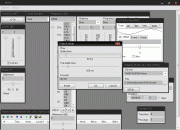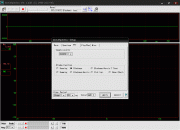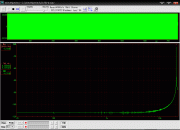upstateguy
Headphoneus Supremus
- Joined
- Dec 20, 2004
- Posts
- 4,085
- Likes
- 182
Quote:
Is any of this stuff audible?
USG
| Originally Posted by nick_charles /img/forum/go_quote.gif Okay, a digital recording using this system is more accurate in terms of amplitude for frequencies where the input signal level is higher. So for the dominant frequencies which are about 3Khz in this example ( a set of cymbal crashes) the input signal levels are about -28db and the recording shows miniscule deviations from this (0.000071db). As the input signal level decreases the recording becomes (relatively) less accurate. So for frequencies with less energy the recording is less accurate. The practical upshot is that until the signal level drops below -73db the recording is pretty accurate in terms of amplitude (never deviating by more than 0.01db and rarely that much) , but as the level drops more variation creeps in so that for frequencies with a signal level of less than -108db the recording deviates by up to 0.4db. But, there are only 12 frequency points at which the difference between input and recording exceeds 0.1db and this is out of 32768 samples and only 43 where it exceeds 0.05db and all of these happen for frequencies with an amplitude of less than -88db . For only 2% of all frequencies tested does the deviation reach 0.01db. |
Is any of this stuff audible?
USG









